Mountain Ash
redspruce
8 years ago
Featured Answer
Sort by:Oldest
Comments (32)
Dan _Staley (5b Sunset 2B AHS 7)
8 years agoRelated Discussions
Mountain Ash Dying - Identify Cause
Comments (2)and a final closeup of the pimples...See MoreRowanberry/Sorbus/Mountain Ash/... For Human Consumption
Comments (2)One Green World Nursery carries six varieties of Mountain Ash and its hybrids chosen for good-tasting fruit; four of them are listed as hardy to Z 2, and the others to Z 4. Raintree Nursery carries three of the varieties. Here is a link that might be useful: One Green World Nursery...See Moremountain ash question
Comments (2)Yes, what davidrt said. I see no particular harm in trying it though. Mountain ash, although a short-lived, disease-prone member of the rose family, has much to offer for wildlife and human aesthetic delight. For that matter, I've seen them many a time growing as volunteers up in the crotches of big, old maples, etc. Pretty tough survivors despite their short lives. +oM...See MoreRed Oak or Sugar Maple? Mountain Ash or Downy Hawthorn?
Comments (5)Hmmmm...my success rate isn't that high. And I tend to have more trouble with pines then other things. None of the sassafras or beech survived. One of the 10 bare root pitch pine planted last year is alive. One tree in the "Christmas Tree Sampler" I planted this spring survived. All but one of the Black Walnut survived. All the potted Beach Plum survived, 20% of the tiny bare root. All the paw paw survived or fell victim to lawn mowers. The potted American Persimmon survived but neither of the bare root. All the potted blue/meserve holly and bargain bin ninebark. Nome of the American Holly. Of course, we got a drought this year. These trees get minimal/sporadic aftercare....See Moreakamainegrower
8 years agoMike McGarvey
8 years agoredspruce
8 years agogardenprincethenetherlandsZ7/8
8 years agoHuggorm
8 years agofloral_uk z.8/9 SW UK
8 years agolast modified: 8 years agodavidrt28 (zone 7)
8 years agolast modified: 8 years agodavidrt28 (zone 7)
8 years agolast modified: 8 years agoMike McGarvey
8 years agoredspruce
8 years agodavidrt28 (zone 7)
8 years agolast modified: 8 years agoMike McGarvey
8 years agowisconsitom
8 years agoHuggorm
8 years agolast modified: 8 years agowisconsitom
8 years agoHuggorm
8 years agowisconsitom
8 years agoedlincoln
8 years agoMike McGarvey
8 years agomaackia
8 years agoHuggorm
8 years agolast modified: 8 years agoHuggorm
8 years agolast modified: 8 years agomaackia
8 years agoHuggorm
8 years agofloral_uk z.8/9 SW UK
8 years agowisconsitom
8 years agoedlincoln
8 years agowisconsitom
8 years agoarbordave (SE MI)
8 years agodavidrt28 (zone 7)
8 years agolast modified: 8 years ago
Related Stories

HOUZZ TOURSHouzz Tour: Sublime for Skiing in the Rocky Mountains
A luxurious Colorado vacation home maximizes views and comfort in high contemporary style
Full Story
LANDSCAPE DESIGNGreat Design Plant: Retreat to the Shade of Hardy Catalpa
Big foliage and a towering height provide a shady respite in summer, but that's not all hardy catalpa offers dedicated gardeners
Full Story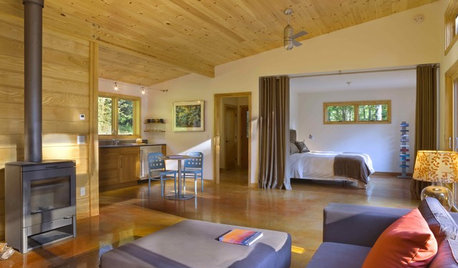
HOUZZ TOURSHouzz Tour: Bright, Polished Vermont Cabin
Using local woods, plentiful windows and a keen eye for design, an architect builds a sleek cabin in the mountains of Vermont
Full Story
HOUZZ TOURSHouzz Tour: Modern California Beach House
Generous windows, mountain views and an open floor plan bring spaciousness to a modest-size, ecofriendly coastal home
Full Story
GARDENING FOR BIRDSFeed the Birds: 6 Plants for Abundant Winter Berries
Be kind to your fair feathered friends during lean food times by planting a shrub or tree loaded with nutritious snacks
Full Story
FALL GARDENINGHouzz Call: Show Us Your Fall Color!
Post pictures of your fall landscape — plants, leaves, wildlife — in the Comments section. Your photo could appear in an upcoming article
Full Story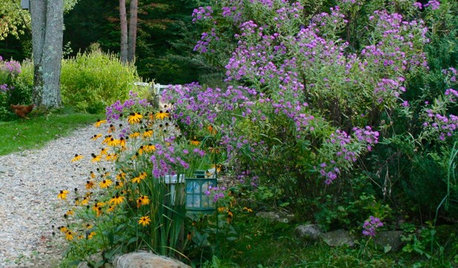
GARDENING GUIDESTop 10 Native Plants for the Northeast
For a low-maintenance, wildlife-friendly landscape, use native plants adapted to the climate and range of soils in the Northeast
Full Story
TREESGreat Design Plant: Downy Serviceberry
Plant this sculptural tree in fall or spring for year-round interest and graceful beauty
Full Story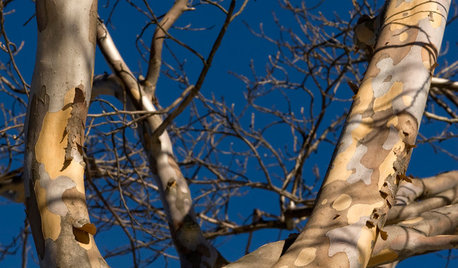
WINTER GARDENING8 Gorgeous Trees for Winter Interest in the Garden
Intriguing forms and beautiful branches take center stage when color heads back into the wings of the winter landscape
Full Story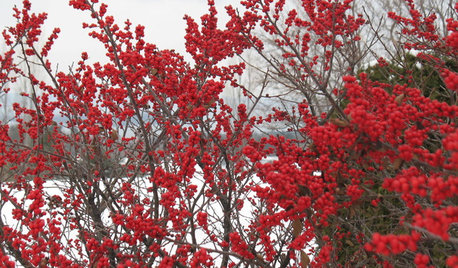
GARDENING GUIDES6 Rockin’ Red Plants for Winter Gardens
Use the bright berries or branches of these cold-climate favorites for outdoor garden interest or container arrangements anywhere
Full Story




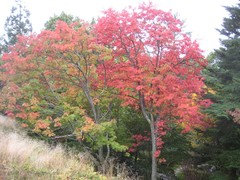


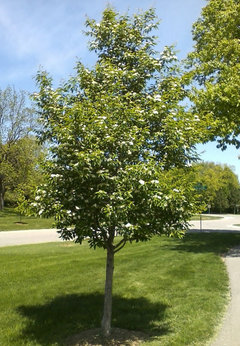


edlincoln